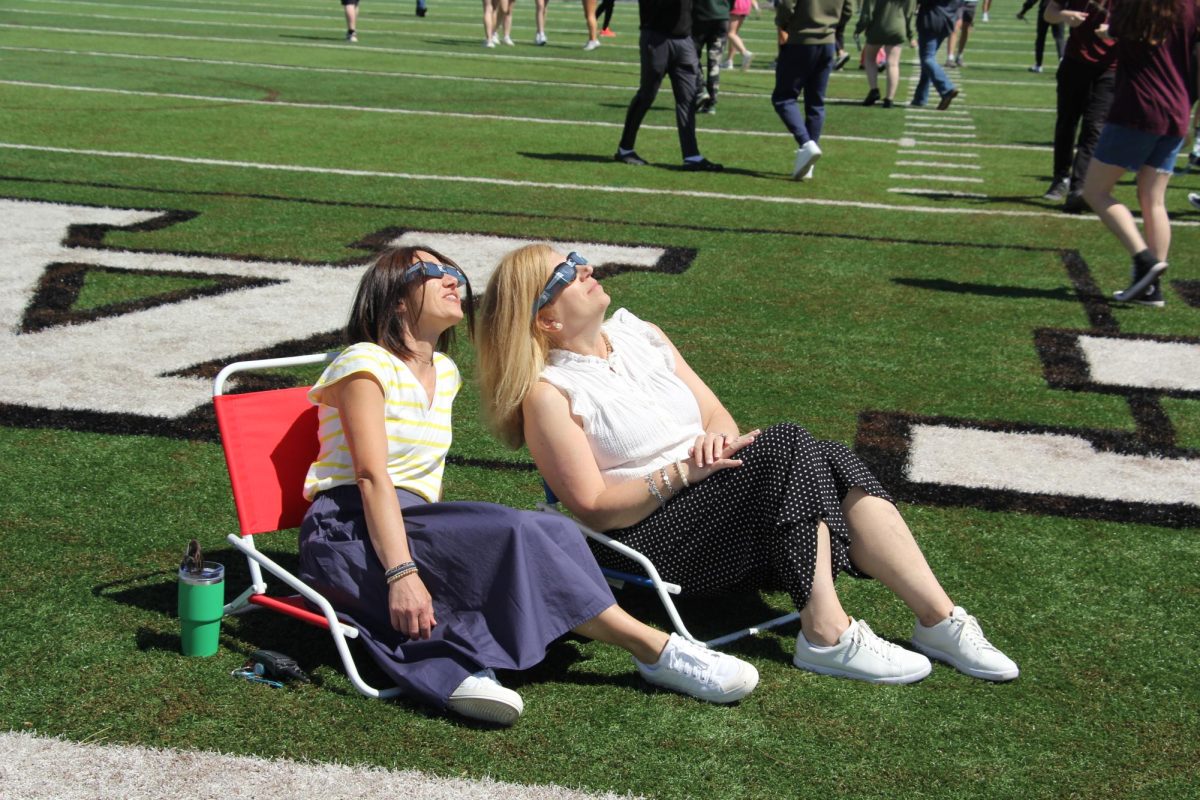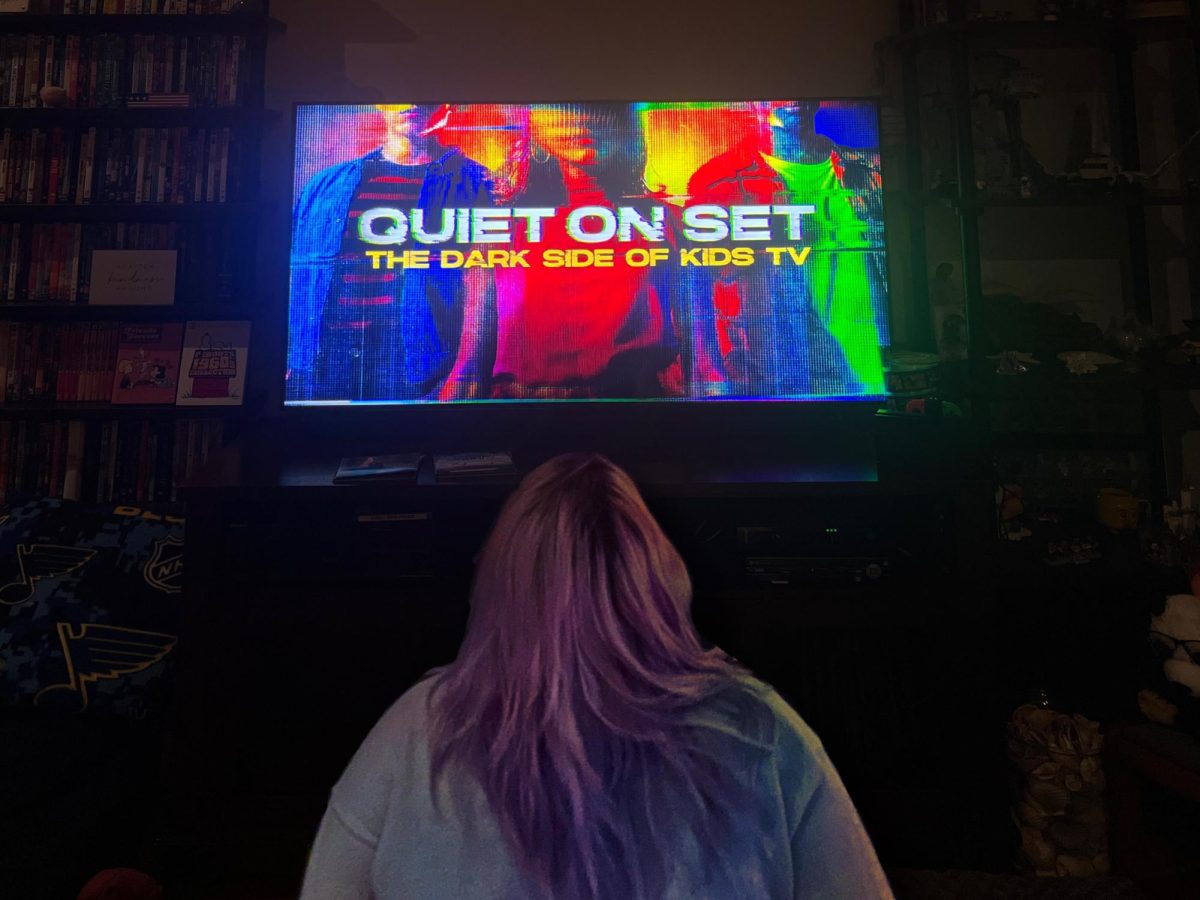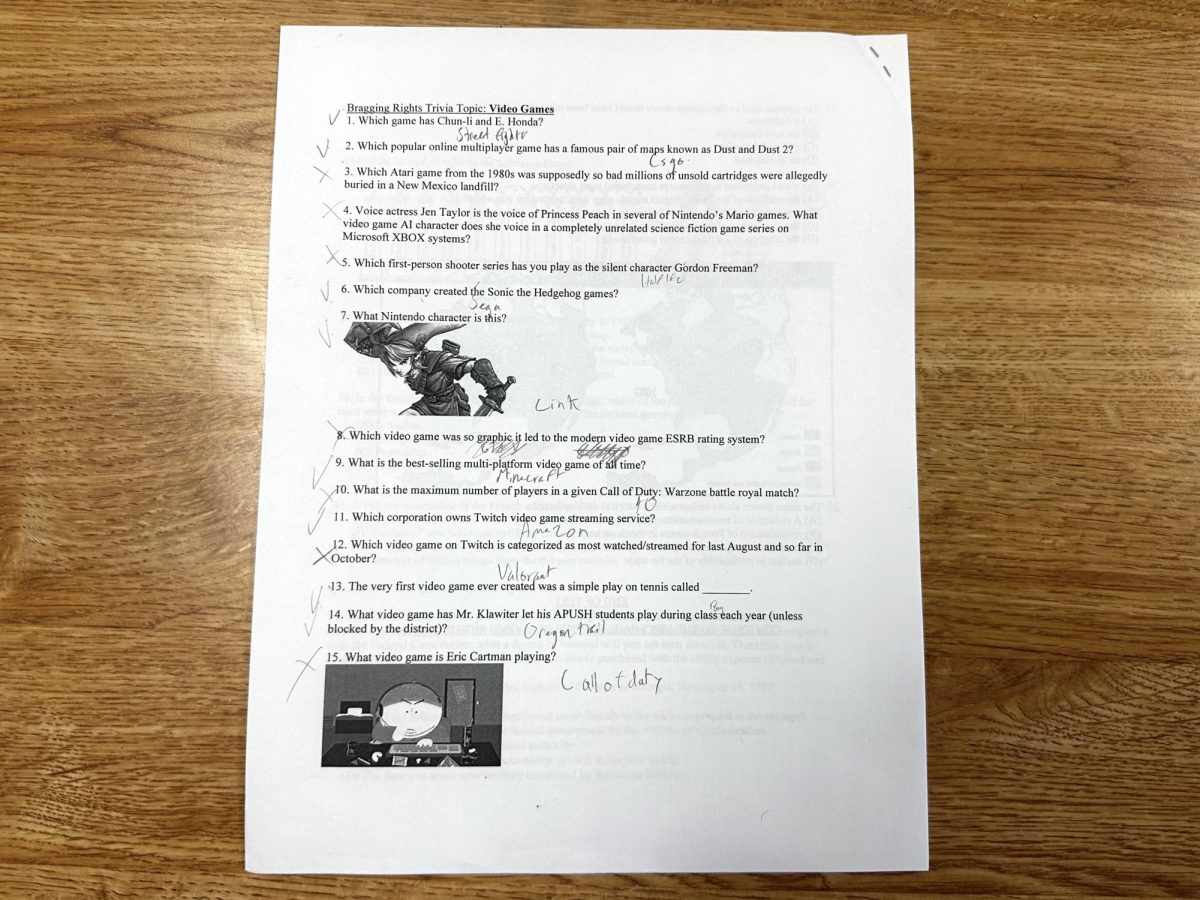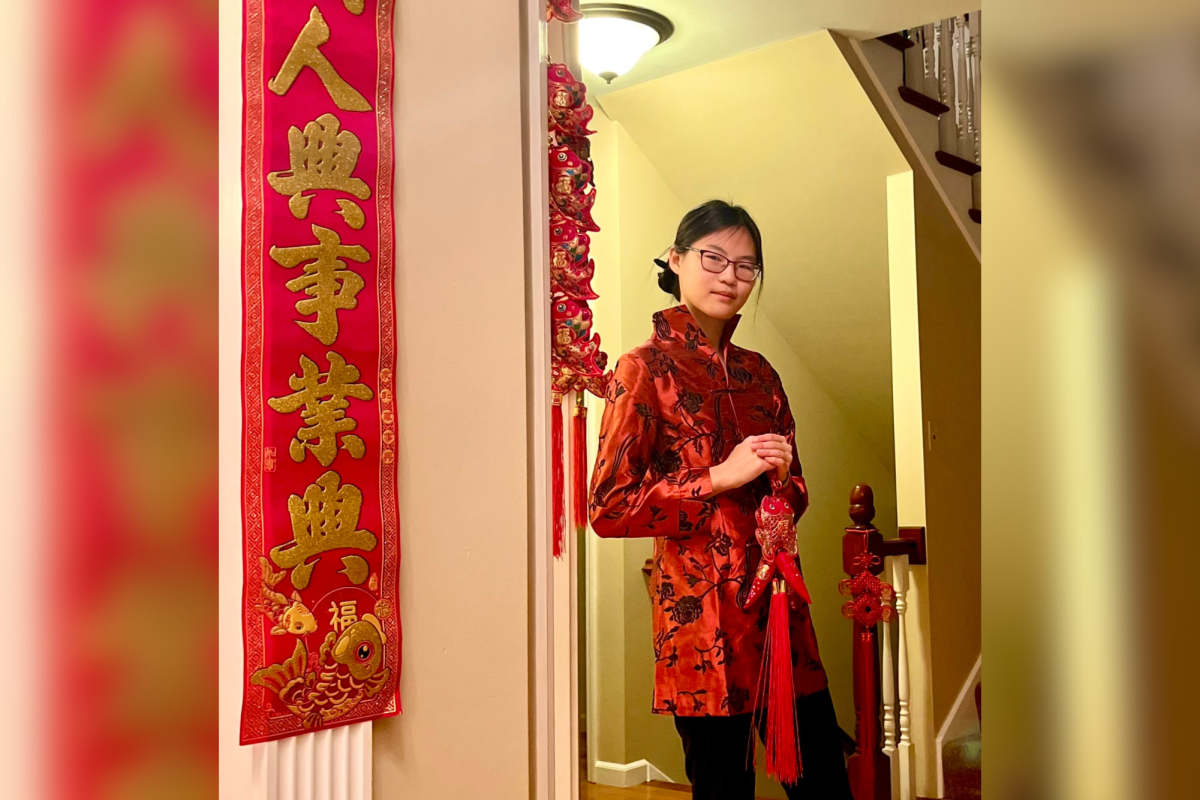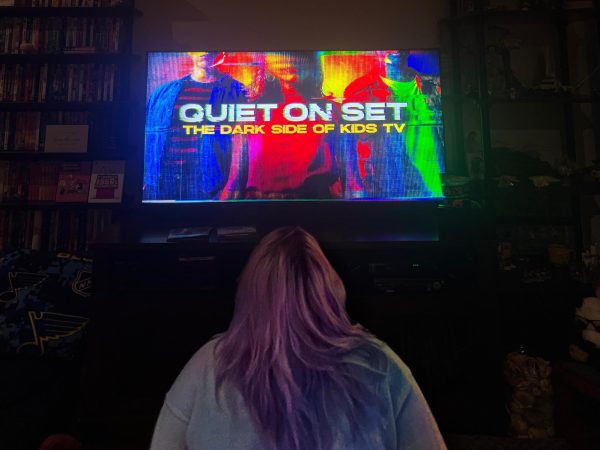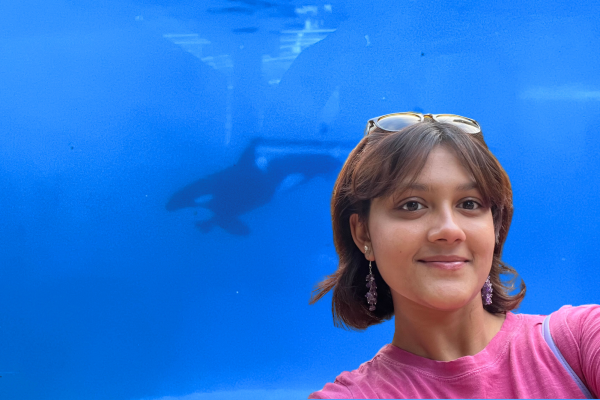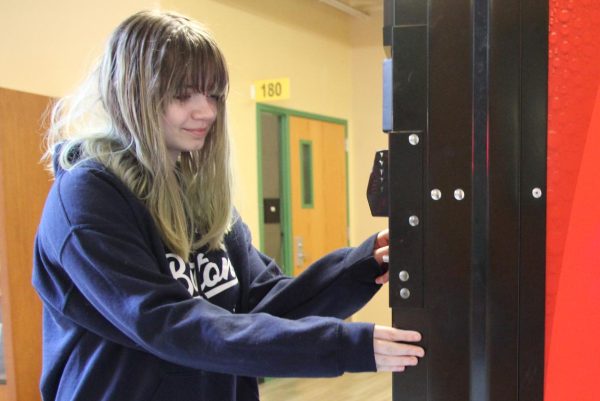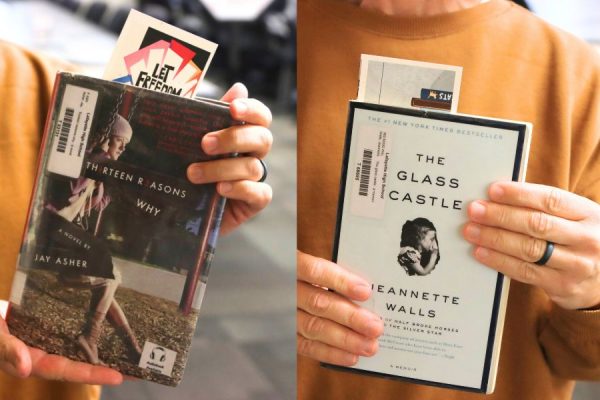The Theory of Everything proves worth seeing despite longevity of film
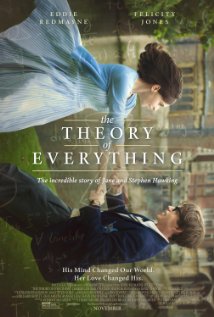
December 9, 2014
The Theory of Everything features the story of Stephen Hawking played by Eddie Redmayne and the woman who stood by his side throughout his journey, Jane Wilde, played by Felicity Jones. The script is based off of Wilde’s memoir Travelling to Infinity: My Life with Stephen Hawking.
The movie ended as it began: a blurred frame of Hawking with his children running around him and Wilde at his side. This really brings the movie full circle and provides the audience with a basis to question how Hawking and Wilde’s relationship unfolds.
The show was very well-cast. Redmayne’s performance was phenomenal and exceeded all expectations. The progression of Hawking’s disease was clearly defined through Redmayne’s body. There were no shots of him slipping out of character; from the way his jaw was positioned to the inward angling of his feet.
Jones’ performance was equally impressive. While Jones’s may have seemed less challenging, she went above and beyond to commit. She met with Jane Wilde on multiple occasions to help develop her character and it is apparent in her performance. She really understood the subtext of the lines which allowed the audience to connect to her genuine emotion and understand the deep relationship between Hawking and Wilde.
One particular aspect of the production I would like to applaud is the make-up. The age progression was outstanding and incredibly realistic.
Unfortunately, the film was rather long; it ran 2 hours and 3 minutes. The length would have been bearable if it was filled appropriately. Many scenes seemed to drag on. While some long pauses were understandably there for dramatic effect, overall, there were many more ineffective lulls.
If you have the time, see this movie. It truly is worth it.

